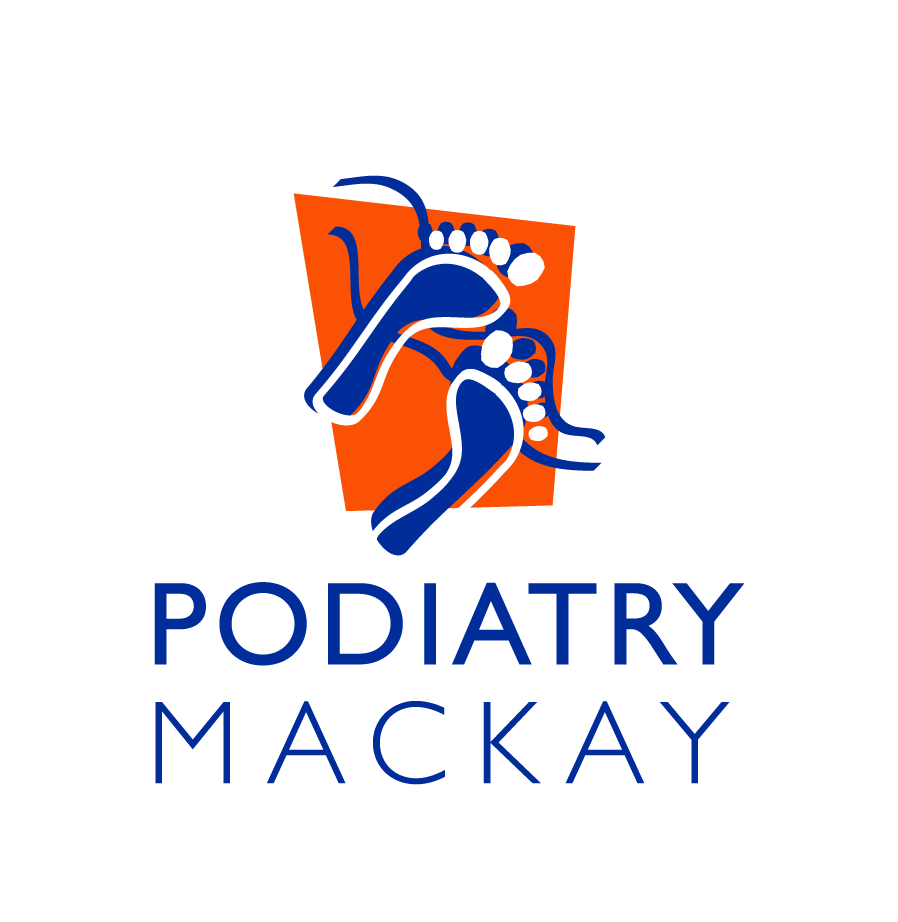Turf Toe
What is it?
Commonly used to describe damage or a sprain to the ligaments surrounding the big toe joint. Normally, the sportsperson complains of localised pain, swelling, redness at the big toe joint following the classic 'bending' injury (refer to photo). Pain can be reproduced by any weight bearing movement on the big toe.
Why did I get it?
Wearing incorrect footwear (soft flexible footwear)
Playing sport on artificial turf
Trauma
Decreased range of motion in the big toe joint
Flat feet or excessive pronation
Symptoms:
Symptoms include pain and swelling at the base of the big toe.
Pain and tenderness will be felt when stretching the ligament. This is done by bending the toe upwards.
The ball of the foot is usually very tender when palpating (pressing in).
It is important to compare the injured foot with the uninjured one when assessing Turf toe.
A full diagnosis may not be possible without a scan, such as an MRI, although this is not usually necessary.
How is it diagnosed?
It is diagnosed through clinical examination. Accessing the injury through passive and active movement and palpable pain will guide the clinician to an accurate diagnosis. Plain X-Ray's are most of the time normal and show no signs of injury. An MRI may be appropriate in some circumstances to outline the extent of the damage to all the different types of tissue surrounding the big toe joint (i.e tendons, ligaments and cartilage).
Possible treatments:
Rest, Ice, Compression & Elevation
Nonsteriodal anti-inflammatories
Decreased weight bearing
Strapping
Stiff soled shoes
Cam Walker boot to protect from further injury
Custom Orthotics
Surgery
Prognosis:
Providing absolute compliance, most individuals respond well to the conservative treatments listed above. The main focus is reducing the load through the big toe joint and letting the ligaments heal. Surgery is rarely necessary however is an option for severe or recurrent cases. Recovery time for surgery is approximately 6-8 weeks (full return to sport).
